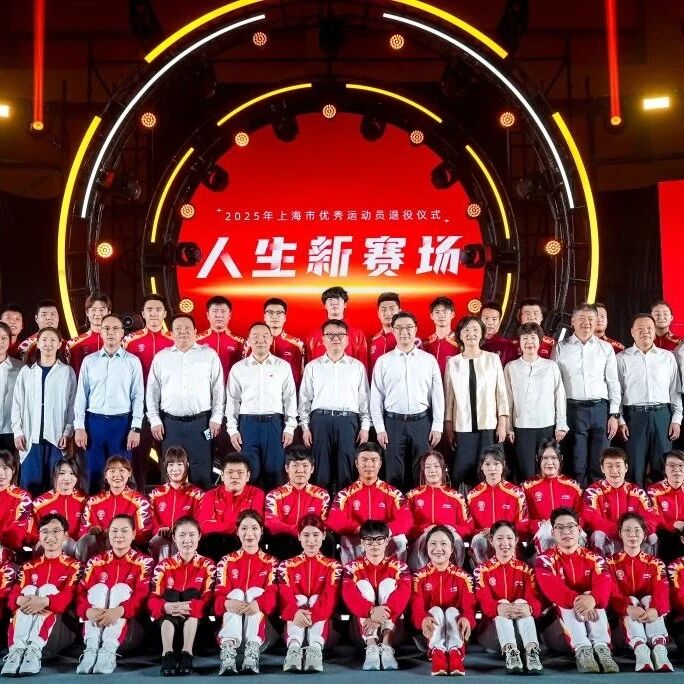Basic Standards and Requirements for Organizing Public Open-Water Swimming Competitions (Trial)
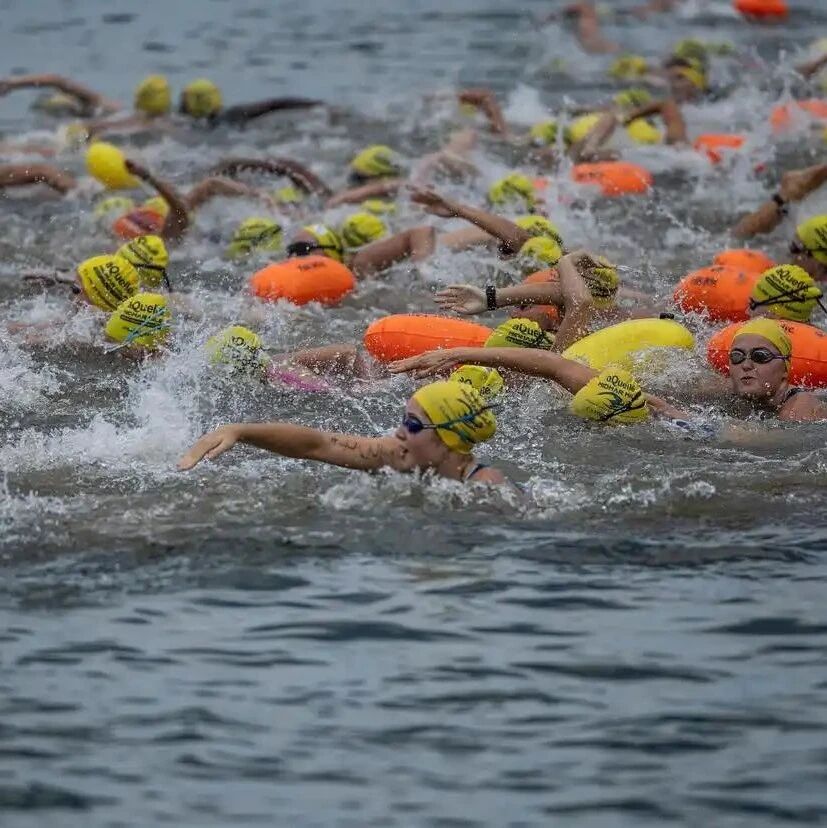
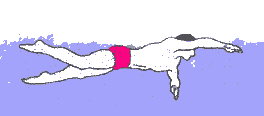

To all relevant units:
Recently, many regions across the country have continued to experience severe rainfall, triggering flooding that has resulted in significant casualties and property damage. All local authorities and organizations are urged to take this situation extremely seriously, thoroughly study General Secretary Xi Jinping's important instructions on the flash flood disaster in Yuzhong County, Lanzhou City, Gansu Province, firmly assume political responsibilities, meticulously implement all safety measures, and make every effort to safeguard the lives and property of the people. Additionally, in accordance with the requirements from the General Administration of Sport and the Swimming Center, during the summer season, swimming authorities, swimming associations, enterprises, institutions, and business entities across the country must adhere to the following guidelines when organizing swimming events, fitness activities, recreational programs, or other related activities.
1. When participating in outdoor swimming events or swimming-based fitness and recreational activities, it is essential to maintain close communication with local meteorological authorities to stay updated on weather changes. At the same time, strengthen efforts to anticipate potential risks from severe weather conditions such as thunderstorms, heavy rain, mudslides, and landslides, as well as geological hazards. Whenever possible, avoid conducting activities in open-water areas or marine regions located in mountainous terrain, prioritizing safety above all else.
2. When organizing the above-mentioned events, it is essential to closely monitor weather forecasts, traffic updates, and other relevant alerts. Adhere strictly to the circuit-breaker mechanism—immediately halt and address any identified risks—to ensure the events proceed safely and smoothly.
3. Thoroughly inspect and manage the safety of swimming pool facilities and outdoor fitness equipment to ensure the safety of people’s lives and property, especially during extreme weather conditions.
4. When organizing outdoor open-water swimming activities and similar events, strictly follow the "Basic Standards and Requirements for Hosting Public Open-Water Swimming Competitions (Trial)" issued by the General Administration of Swimming Center under Document No. 12 [2019].
Attachment: Basic Standards and Requirements for Organizing Public Open-Water Swimming Competitions (Trial)
National Sports Administration Swimming Center
August 11, 2025
(2019–2021)
1.Competition environmental conditions
(1)General competition requirements for open-water events (non-sprint categories)
1. Water areas—must be located on rivers, streams, lakes, or seas (designated reservoirs)Waitconducted in natural water bodies such as the venue;Ensure the water surface remains calm,
2. Water quality – must meet National Class II water standards;
3. Water flow—Must not exceed2.5 meters per second;
4. Water Depth – The depth must not be less than 1.4 meters throughout the entire course;
5. Water temperature—must not fall below 17Degree (required before the competition)2 hours on the schedule
Midway from the water's surface40 cm depth: tested water temperature);
6. Tides – AvoidHigh tide, low tideTidal period;
7. Weather — Low wavesAt1.5 metersDuring thunderstorms, the competition must be stopped.
(II) Sprint and Challenge Races
1. Water areas — Must be conducted in natural water bodies such as rivers, streams, lakes, and seas.,No whirlpools, no hidden reefs;
2. Water quality – must meet National Class II water standards;
3, Water depth——No interruptions throughoutGet lowAt1. 4 meters;
4. Distance – Must not exceed 1000 meters;
5Weather——The match must be stopped during thunderstorms.
(3)Special Note
(1) It is important to consult local experts who have in-depth knowledge of the surrounding environment, tidal changes, water current speeds, and whirlpools, among other factors.
(2) Referring to historical records helps ensure the safe and smooth execution of the competition.
(Four) Underwater safety environment:Work with relevant authorities to assess and investigate whether the underwater environment is safe, noting that potential threats include animals, plants, reefs, structures, sediments, and more.
II. Race Distance Settings
Public open-water competitions typically have a maximum length requirement ofA distance of 3 kilometers is ideal, with 1000–2000 meters being optimal. The swimming group’s distance should not exceed 800 meters.
For sprint and challenge events, set appropriate distances based on water temperature and current speed. When the water temperature drops belowIn environments at 17°C, the race distance must not exceed 1000 meters. In water temperatures below 10°C, the race distance is limited to no more than 600 meters.
3.Competition venue:
Set up a fixed starting platform (line) in the water, place buoys along the race course (including lane markers, turning buoys, and finish-entry buoys), as well as a stationary finish platform and finish touchpad.
(One) Race Route
1. Straight Line: Start from Point A, draw water at Point B;
2. Turnaround: Start swimming from Point A to Point B, then turn around at Point B and swim back to Point A to exit the water.
3. Circular Lap: Start at Point A, swim around the marker (either rectangular or triangular), and then return to Point A.
(Two) Check-in and Display
1. The first check-in area will be set up in the greenhouse (square), requiring isolation from the outside and located at a convenient distance from the starting platform. It must accommodate at least 50 people, with 60 seats and two long tables provided for athletes and officials.
2. Five minutes before the competition (with the announcer calling out the time once at 5, 4, 3, 2, and 1 minute remaining), athletes will enter the designated area in the order of their check-in. The athletes will then be introduced, followed by a wave to acknowledge the audience.
(Three) Departure
1. Starting Line: A water line can be drawn in the pool (its length determined by the number of athletes starting together). Athletes line up horizontally behind the water line, waiting for the starting signal.
2. Starting Platform: A floating platform measuring at least 20 meters in length and 5 meters in width can be set up in the water, with a minimum water depth of 1.60 meters. The platform’s surface must not rise more than 0.7 meters above the water level. Athletes will line up on the platform, waiting for the starting signal.
3Access bridge: A floating bridge extending from the shore to the starting platform, stretching all the way to the far end of the start area and widening as it goes.Over 4 meters.
4. Shore Start: Mass-participation races can begin from the shore. Before the start, athletes wait near the water’s edge—specifically, behind the starting line marked by the organizing committee. Upon hearing the starter’s command "On your marks," they prepare for the race. As soon as the starting signal is given, athletes enter (walk or run into) the water to begin the competition.
(Four) Track buoy
1. Track Buoy: Installed at approximately 50–100-meter intervals along the entire course, with one buoy placed at each interval. The buoy’s diameter must be at least 0.8 meters and should feature a bright, highly visible color (red, yellow, or orange) for easy identification.
2Turnpoint Buoy: Set turnpoint buoys based on the track's shape.,(Accuracy is key in positioning.,Commonly used infrared positioning tester,Turned floating ball with spherical shape:
(1) Circular, elliptical, and multifaceted cylindrical floats must not be shorter than their height.3 meters × 1.5-meter diameter;
(2) The turning-point buoys must have bright, highly visible colors (red, yellow, or orange);
(3) Digital markings can be applied to the turning-point float;
(4) Athletes must swim on the far (outer) side of the turning buoy.
(Five) Destination
1. Finish Floating Platform
(1) The floating platform must be U-shaped;
(2) The U-shaped entrance is 7–8 meters wide; the side platforms of the U-shaped floating dock are 2–4 meters wide and 8–10 meters long; the base platform at the bottom of the U-shaped dock (connecting the ends of the two sides) measures approximately 5–6 meters wide and about 15–20 meters long.
(3) The U-shaped floating platform should ideally be 0.5 meters above the water surface (but no higher than 0.7 meters if shared with the starting platform);
(4) The bottom of the U-shaped floating platform must be equipped with at least one handrail staircase;
(5) Existing facilities in the vicinity can be utilized for construction (shape is unrestricted).
2. End-stop plate
(1) Dimension requirements: 1.5 meters high, 5 meters wide;
(2) The touch panels feature vibrant colors (red, yellow, blue);
(3) The touch panel is marked with the word "Finish" (in blue background with yellow letters, or yellow background with black letters);
(4) The touch pad is vertically fixed at the entrance of the U-shaped floating platform, positioned 0.3 meters above the water surface (ensure it remains securely in place!).
3. Extend the waterline at the finish-line entrance
(1) 2 waterlines, each 25 to 50 meters long, designed to be break-resistant and easy to secure;
(2) Small colored buoys or conspicuous markers must be strung along the waterline;
(3) One end of the water line is fixed to both sides of the finish touchpad; the other end flares outward in a bell-shaped (outward-splayed) design, with each section anchored securely to the sides (at the finish entry point).
(4) The extended waterline at the finish line entrance must be at least 10 meters away from the track;
(5) Athletes must swim between the two extension lines of the finish entry.
4. End-of-Stroke Float
(1) At the ends of the extension lines on both sides of the finish gate (on the side away from the touchpad), a float should be securely attached to each.
(2) The sphere must have a diameter of at least 0.8 meters and be brightly colored and easily recognizable (red, yellow, or orange);
(3) The distance between the two float balls is approximately 25 meters;
5. Finish-Line Camera System(Optional)
(1) Install camera systems on the U-shaped floating platforms positioned on both sides of the finish touchpad;
(2) The camera position must be fixed in a real-world setting that allows it to capture the athlete touching the finish line.
(3) The camera must have a slow-motion playback function.(Or the footage can be played back in slow motion on a computer.)
6. Finish Line and Timing Judges' Station
(1) Place 6 work chairs on each of the U-shaped floating platforms positioned on either side of the finish touchpad;
(2) Ensure that the finish and timing judges can clearly see the actual moment when athletes touch the pad.
7. Finish Line (Gate):
In the mass competition, the finish line or gates can be set up relatively close to the water's edge on the shore. After athletes swim ashore and start running, they cross the finish line (or pass through the gates) designated by the organizing committee to record their rankings and times, determining the final order of finish.
4. Staffing
(1) Referees
Appoint male and female executive referees, timekeepers, turn-checkers, announcers, schedulers/record keepers, and starting officials, among others.
(II) Lifeguard(s)
Based on the number of participating athletes, ensure there are sufficient lifeguards (and safety personnel), and make sure all lifeguards meet the relevant national industry qualification requirements—specifically, they must hold a nationally recognized Lifeguard Certificate issued by the National Vocational Certification Authority and have completed the annual re-registration process with the China Lifesaving Association.
(III) Requirements for Competition Administrators
Individuals organizing the competition must have experience in organizing and managing mass public open-water events, and relevant competition officials must hold valid certificates from the Chinese Swimming Association’s training course for public open-water event managers.
(IV) Volunteers
Depending on the scale of the event, an appropriate number of volunteers must be assigned.
5. Vessels and Life-Saving Equipment
(1)Referee's boat
(1)One male chief judge and one female chief judge;
(2)Race Schedule Official1 vessel;
(3) One safety inspector;
(4) Several escort boats en route (boats assigned by group and distance);
(5) Count the number of turning boats (based on the number of turning points);
(6) One pilot boat;
(7) One rescue vessel;
(8) One motorboat.
2. Lifeboat (Rapid Deployment Boat)
(1) The quantity depends on the number of participants and the race distance;
(2) Requires the ability to tow a first-aid board;
(3) Equipment needed on the lifeboat: life jackets, lifebuoys, a rescue pole, rescue rope, towels, and large bath towels.
3. Medical Ship
(1) Staff: 2 doctors (1 trauma specialist and 1 internal medicine physician), 2-3 nurses, plus 1 English translator required for international competitions.
(2) Equipment: 1 stretcher (required to be a specialized model capable of immobilizing neck and spinal injuries), 1 portable cardiac defibrillator, 1 cervical collar, 1 blood pressure monitor, 1 oxygen bag, 1 on-site first-aid kit, plus towels and bath towels—2 of each, along with trauma, pain relief, cardiac emergency, and emergency intravenous equipment and medications.
(3) Communication equipment (for contacting the competition and medical officer).
4. One media vessel
5. One official vessel
6. Requirements
(1) All boats used must be motorized vessels with a certain speed (battery-powered and manually propelled boats are prohibited);
(2) All vessels must be equipped with functional signal flags, lifebuoys, rescue poles, and bath towels;
(3) Unauthorized personnel are strictly prohibited from boarding the vessel;
(4) All personnel boarding the vessel must wear life jackets.
7. Lifeguard Boat Allocation Ratio
Should be based on the number of participants per group, with a minimum ofA ratio of one rescue boat for every 20 people. In rapid-water competitions, when the current speed exceeds 3 meters per second, the ratio should be adjusted to 1:1—meaning one rescue boat for each participant.
6.Vehicle equipment
(1)If the accommodation is located far from the competition venue, appropriate vehicles should be provided to transport athletes and referees.
(II)A dedicated ambulance should be provided, based on the number of participants.A ratio of 500 people per vehicle.
7. Requirements for Athletes Participating in the Competition
ParticipateRaid-and-crossing challengesThe competition's athletes are subject to a minimum age limit.16One year old;
2ParticipateOpen waterThe competition's athletes are subject to a minimum age limit.14One year old;
3. All athletes participating in public open-water competitions must pass a proficiency test, ensuring they are capable of swimming continuously for 1,000 to 2,000 meters (depending on the race distance). Only athletes who meet this requirement will be allowed to compete. Alternatively, registered teams (or organizations) may conduct their own tests and submit relevant proof of proficiency, accompanied by the athlete’s signature as well as the signature of the team or organization’s designated representative. This documentation must be submitted at the time of registration.
4Any participantThe matchSwimmers participating in the event must wear life-saving buoyancy aids uniformly distributed by the organizing committee.
5Carefully complete the competition liability waiver,Individuals must not conceal their medical conditions; otherwise...FruitArrogance.
8. Agreements, insurance, and other relevant documents
All public open-water events must require participants (athletes) to provide a signed voluntary participation waiver (agreement), a medical fitness certificate from a hospital, and personal accident insurance. Event organizers are also required to purchase insurance for the event, including comprehensive liability coverage for all activities taking place during the event.
9.Alcohol test
To prevent participants from swimming under the influence of alcohol, event organizers are required to equip themselves with several alcohol testing devices during check-in and conduct alcohol tests on all competitors at the race registration point. The testing standard stipulates that blood alcohol levels must not exceed 10 mg/100 ml. Any participant found to have a higher level will be disqualified from the competition, and those unable to compete due to exceeding the legal limit will be solely responsible for any resulting consequences.
10. Applying to host competitions organized and supported by the Chinese Swimming Association
Only organizations meeting the following criteria may host competitions organized or supported by the Chinese Swimming Association:
(1)Meets all the aforementioned conditions for competition support, etc.;
(2)It is essential to secure the support of the local government, which serves as the event's guarantor, organizer, or sponsor.
(3)The competition must be hosted by sports authorities at or above the county level.
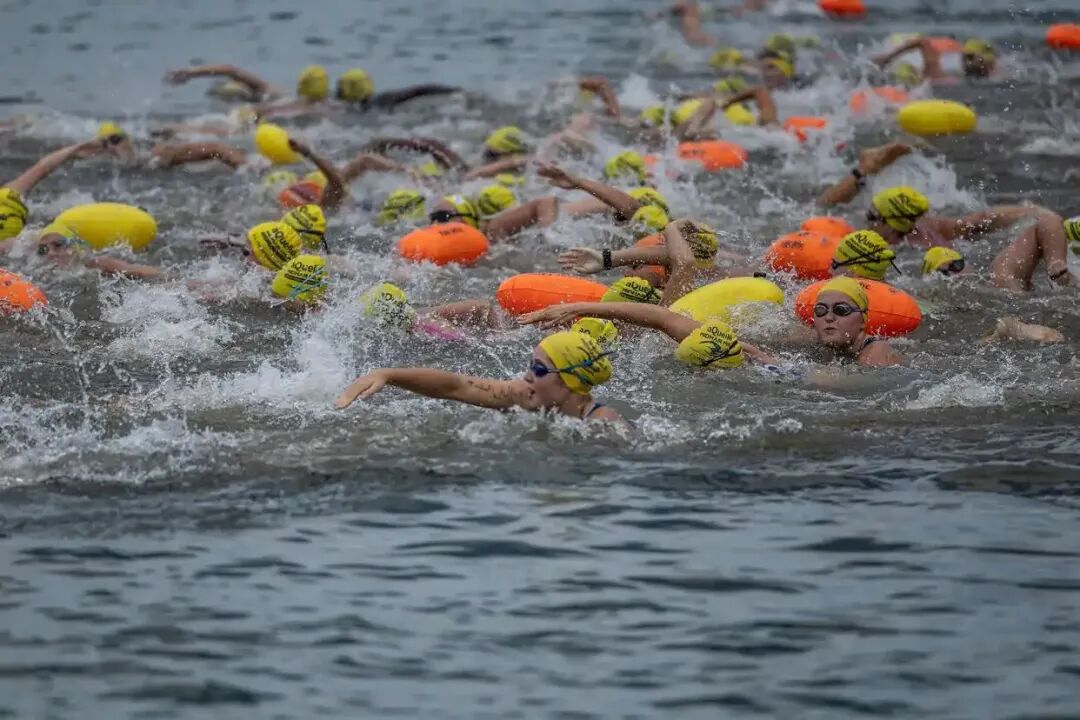
Recommended:

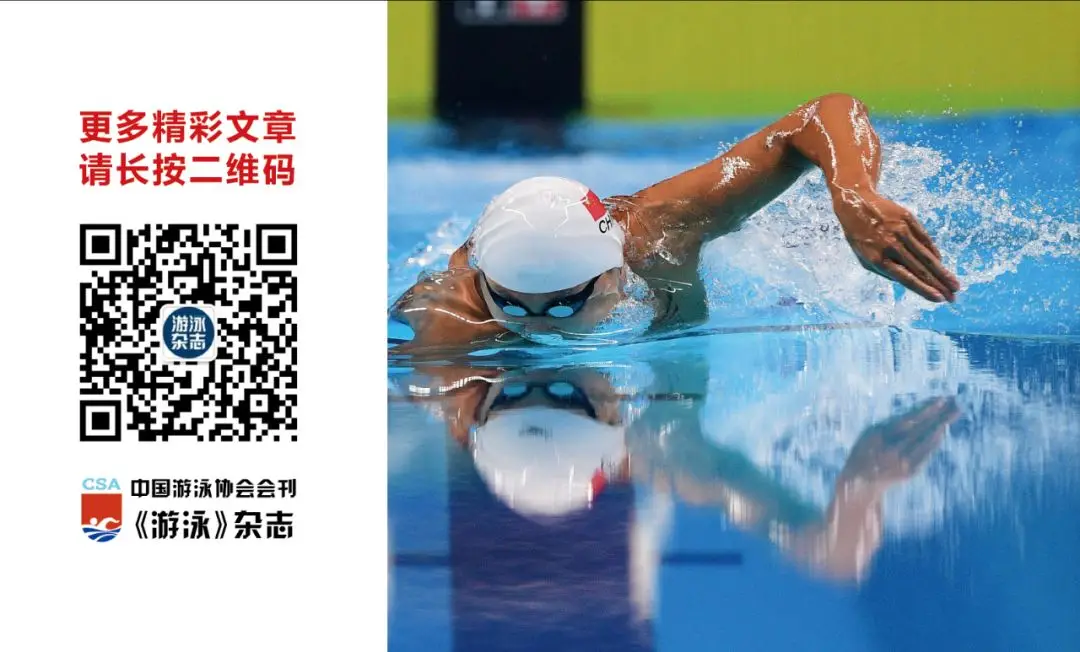
Related Articles

Notice Regarding Matters Related to the 4th National Swimming City Series Tournament (Urumqi Station) in 2025
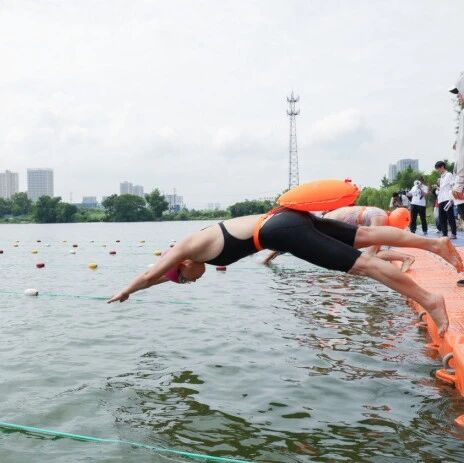
Breaking through the waves and swimming ahead—The 2025 "Jinshan Cup" Open Swimming Championships Concludes Successfully
